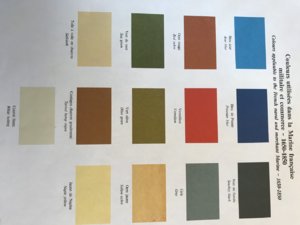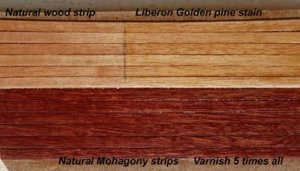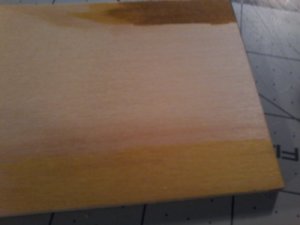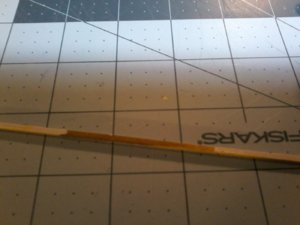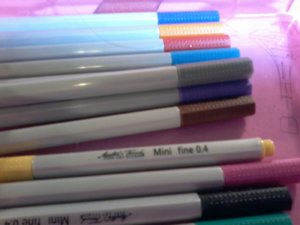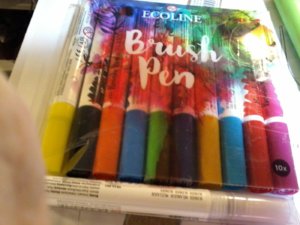Hi all,
This thread may exist already and, if so, apologies for the duplication.
My build of the HMB Endeavour ist not too far from completion of its hull construction stage, albeit still a bit of work on the stern and the bow to carry out. I will soon be uploading the first of many photos as a build log.
Although still some time down the road, my thoughts are turning to the painting scheme and, in particular, to lacquering of the hull. I noticed going through some of the uploaded pics of members builds on this and other sites, that some hulls show a glossy or semi-glossy aspect.
I looked up the history of the ships built in the 18th and 19th centuries and at that time only matt paint and matt wood protective were used. Obviously a varnished hull looks great on a modell and brings out the grain of the wood, but is not authentic for ships of that period. For the colour paints I am using Admiralty paint. What are the members thoughts on this topic?
This thread may exist already and, if so, apologies for the duplication.
My build of the HMB Endeavour ist not too far from completion of its hull construction stage, albeit still a bit of work on the stern and the bow to carry out. I will soon be uploading the first of many photos as a build log.
Although still some time down the road, my thoughts are turning to the painting scheme and, in particular, to lacquering of the hull. I noticed going through some of the uploaded pics of members builds on this and other sites, that some hulls show a glossy or semi-glossy aspect.
I looked up the history of the ships built in the 18th and 19th centuries and at that time only matt paint and matt wood protective were used. Obviously a varnished hull looks great on a modell and brings out the grain of the wood, but is not authentic for ships of that period. For the colour paints I am using Admiralty paint. What are the members thoughts on this topic?





